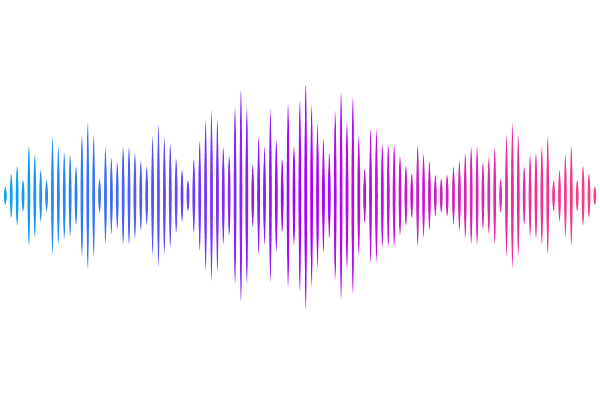DPAC: Prediction and Design of Protein-DNA Interactions via Sequence-Based Contrastive Learning

DPAC: Prediction and Design of Protein-DNA Interactions via Sequence-Based Contrastive Learning
Chen, L. T.; Pulugurta, R.; Vure, P.; Chatterjee, P.
AbstractInteractions between DNA and proteins are pivotal in natural biological processes, and designing proteins that can bind to DNA with high specificity is crucial for advancing genomic technologies. Existing state-of-the-art models for both modeling and designing protein-DNA interactions primarily rely on structural information, facing limitations in scalability and efficiency for large-scale applications. Notable methods like AlphaFold 3 and RosettaTTAFold All-Atom exist, but they are inefficient and inherently struggle at modeling conformationally unstable proteins, such as transcription factors, which arguably represent the most important class of DNA-binding proteins. Here, we present DPAC (DNA-Protein binding Alignment via Contrastive learning), which leverages pre-trained protein and DNA language models via a contrastive loss to align the two modalities in a high-dimensional shared latent space. DPAC not only significantly accelerates the design process compared to current structure-based methods but also demonstrates a strong ability to differentiate real binders from non-binders. Our model achieves an AUC score of 0.591 on a low identity set, outperforming state-of-the-art structure-based methods. Additionally, DPAC integrates simulated annealing for the design of new protein sequences with optimized DNA binding affinity, successfully recovering binding affinity in engineered sequences by up to 20% in in silico tests. Our results highlight DPAC\'s potential for facilitating the design and discovery of sequence-specific DNA-binding proteins, paving the way for advancements in genomic research and biotechnology applications.